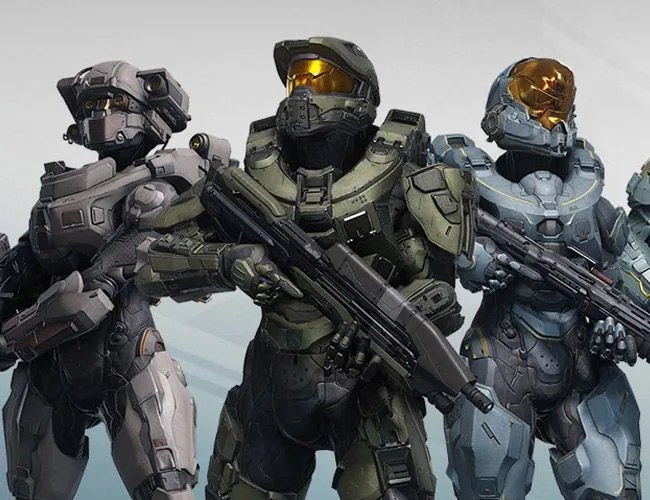Last year, Amazon bought Twitch for $970 million. You may have thought that you would see a whole lot more of Twitch in your everyday life thanks to this purchase, but that likely hasn’t happened yet. Why might that be?
The best way to find the answer may be to watch the final match of the League of Legends World Championship, one of the biggest events in esports; last year’s championship was viewed by 27 million spectators the world over. Take a moment and try to follow the action.
Yeah. It’s a lot. Physical sports alone give viewers a great deal of onscreen action to track, whether the game is segmented like football and baseball, or continuously played like basketball. With League of Legends, you’re seeing not just the avatars onscreen, but the players themselves — all of whom are wearing headsets and staring into screens with the same seemingly vacant intensity, and all of whom go by usernames, which in turn correspond to those avatars running around on the field, sometimes in duplicate, all with various special abilities. And everything is exploding, all the time.
Luckily for the common Western viewer (and the motion sick), this is not all there is to esports. While on a global scale, top-down real-time strategy games — League of Legends, DoTA 2, and of course Starcraft — dominate esports viewership, Counter-Strike: Global Offensive is a notable outlier as the most prominent first-person shooter with a globe-spanning world league.
That “outlier” status is about to change, though. Just last month, Activision announced that it was forming an esports league for Call of Duty, debuting in January with a prize pool of $3 million; in August, Microsoft announced that it was boosting the Halo Championship Series’ prize pool from $150,000 to $1 million. Whereas League of Legends and DoTA 2 find the bulk of their teams and viewership from East Asia with a minority of Western players and spectators, the converse is true for these shooters. With industry giants pumping money into competitive video gaming, and with said industry still on a formidably steep upswing, one thing is clear: though it took some time, esports are about to have their stateside boom.
“It went from the basement to hotel ballrooms to stadiums. That all happened over the last five to eight years.”
But don’t go thinking all this started in the past five years. Besides the long aforementioned tradition of esports in East Asia, esports in the Western world have simmered as a grassroots phenomenon for decades before coming to a boil; the advent of online console gaming in the early aughts bolstered the community of online competitors beyond PC-bound Counter-Strike players, a trend that continued as high-speed Internet became more widely available. This in turn helped birth the still-growing market of online video game spectators on Twitch and elsewhere, who provide an audience for nascent esports leagues.

